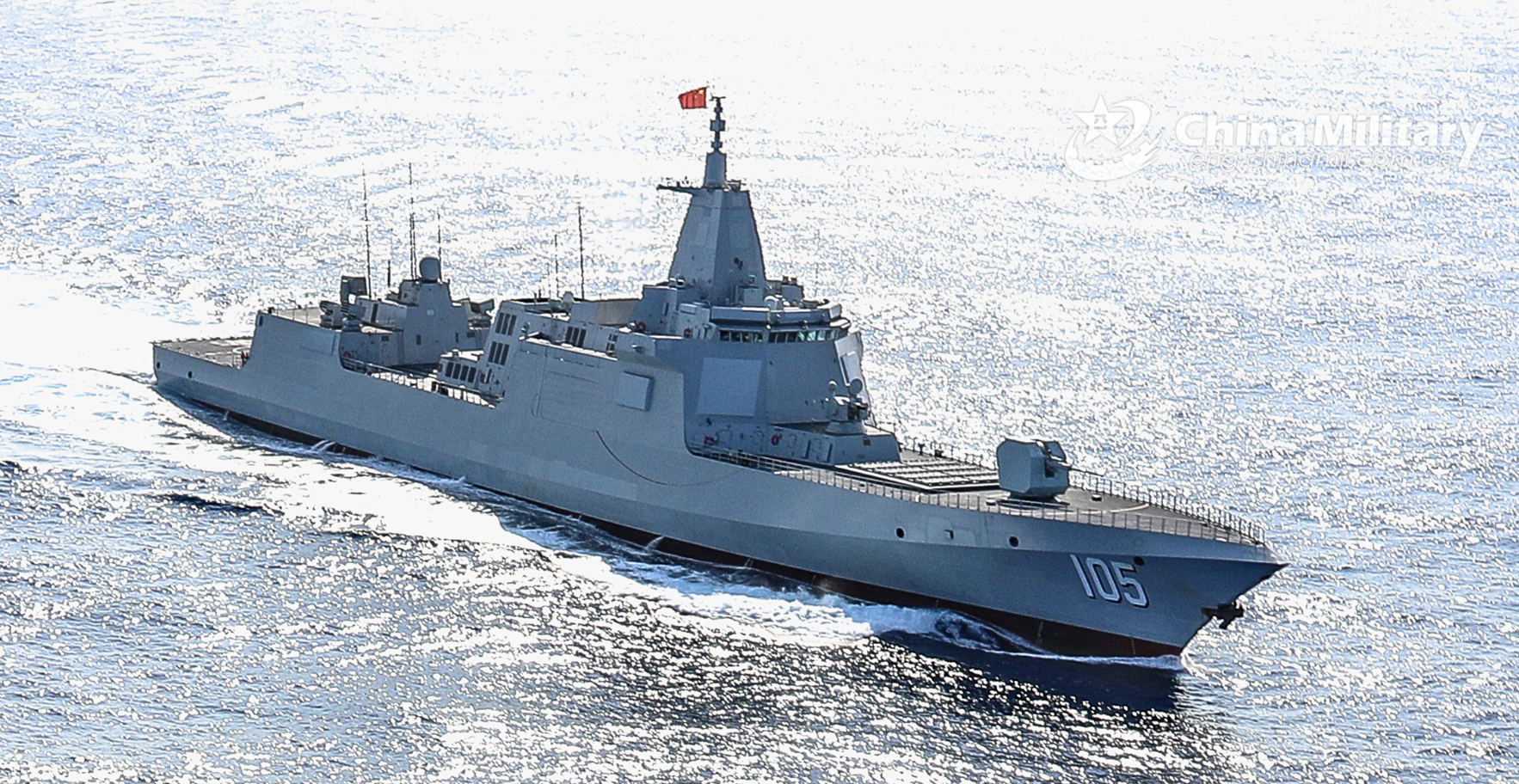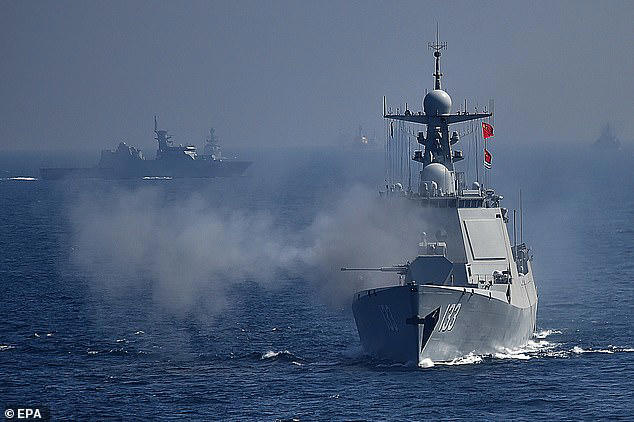In an event that has sparked both concern and speculation, Chinese warships have been detected just 150 nautical miles east of Sydney, marking what experts describe as an "unprecedented" maneuver by Beijing in the Pacific. This development comes amidst heightened tensions between China and Western nations, particularly in light of recent naval encounters and strategic posturing in the region.
The Sighting:
According to reports from the Financial Times and confirmed by multiple sources, including Australian naval officials, three Chinese vessels - a frigate named Hengyang, a cruiser called Zunyi, and a replenishment vessel, Weishanhu - were observed in Australia's maritime approaches. This sighting was not just a routine passage; it was described as the furthest the Chinese navy has ventured down Australia's eastern coastline, a move that does not go unnoticed in the current geopolitical climate.
Context of the Encounter:
This naval presence comes on the heels of an earlier incident where an Australian surveillance aircraft had an "unsafe and unprofessional" encounter with a Chinese fighter jet, leading to diplomatic tensions. The Australian Navy has been tailing the Chinese task group, indicating the seriousness with which this incursion is being treated. The timing is particularly sensitive, coinciding with a visit from Admiral Samuel Paparo, head of US Indo-Pacific Command, to Australia, highlighting the strategic importance of the region.

Reactions and Implications:
Australia's Stance: The Australian Defence Force (ADF) has maintained that while the Chinese ships are operating within international law, their presence is being closely monitored. The ADF's statement emphasizes Australia's commitment to freedom of navigation and respect for international law, expecting the same from all nations, including China.
Political Reaction: There has been a mix of alarm and strategic analysis from Australian politicians and analysts. Some see this as a direct challenge to Australian sovereignty, while others view it as part of China's growing maritime assertiveness, particularly in the South China Sea and now extending into the Pacific.
Public and Media Response: Social media and news outlets have been abuzz with discussions about China's intentions. Speculation ranges from viewing this as a show of force, a statement on Australia's military alliances, particularly with the US, to simply being part of China's expanded naval training and operational reach.
Strategic Considerations:
Security: The presence of Chinese warships so close to Australian soil raises questions about regional security dynamics. There's a growing concern about China's capability and willingness to project power far from its shores, challenging the traditional security architecture of the Pacific.
Alliances: This event underscores the importance of alliances like AUKUS (Australia, UK, USA), which aims to counterbalance China's influence through military cooperation and technology sharing.
Economic Tensions: Beyond the military aspect, this incident could impact the already complex economic relationship between Australia and China, one of its largest trading partners, where economic dependencies clash with strategic mistrust.
Looking Ahead:
The Chinese naval presence off Sydney is a stark reminder of the shifting sands in Indo-Pacific geopolitics. While the immediate response has been one of vigilance and monitoring, the long-term implications could involve recalibrating Australia's defense posture, enhancing intelligence gathering, and potentially revisiting its diplomatic engagements with China.
This event also serves as a call to the international community to reconsider the norms of naval operations in international waters, especially in light of the increasing friction between China and Western powers. As the situation develops, all eyes will be on how both Australia and China navigate this latest chapter in their maritime interactions, whether it leads to a de-escalation or further complicates an already tense relationship.
